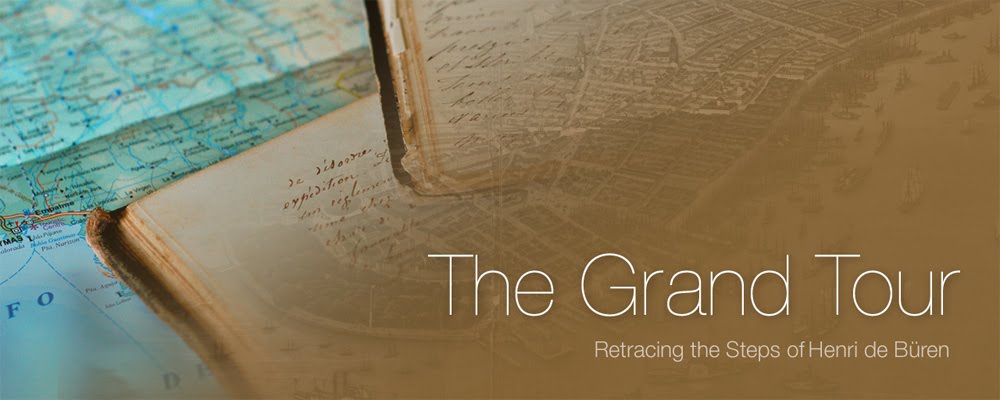Now is the only time we ever have. An odd assertion for a historical project surely, but one I feel more acutely the deeper I dive into its depths. I feel connected to Henri at times with an immediacy and power that I cannot fully comprehend. The project now seems to have a life of its own and is revealing to me only the part of the larger picture that I need at a given moment. This has taught me to appreciate more what is actually happening than living in a world of simple linearity.
This year has been full of surprises, and important developments. I landed a publisher for Henri’s correspondence and journal and met many people both here and in Europe whose support and advice have been invaluable towards the production of my documentary. This project for me has become as much an inward journey as an outward one. While we differ on many social issues, I feel that Henri and I are joined across time and space and that this project is not so much a retracing of a journey but rather a continuation.
For all of you that have supported me in word and deed this past year, my most heartfelt thanks. 2010 looks to be a great year for The Grand Tour, and whatever happens will surely be the next step in a process over 150 years in the making.


















































